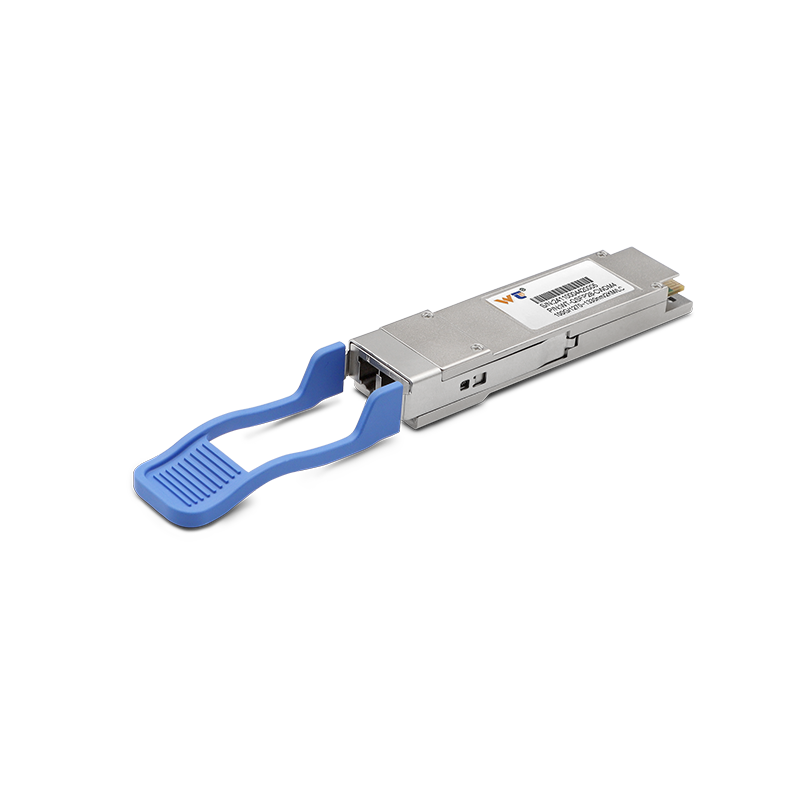In today's fast-paced digital environment, effective network management is essential for seamless operations. One of the critical components that facilitate this is the Dynamic Host Configuration Protocol (DHCP). This protocol is an integral part of networking, automatically providing devices with necessary IP addresses and other essential network settings. Small Editor here to guide you through the intricacies of this technology, its functionality, and significance in our interconnected world.
DHCP was introduced in 1993 and is a standardized network protocol used predominantly for automating the process of configuring devices on IP networks. The protocol operates over a client-server model, where a DHCP server assigns IP addresses, subnet masks, gateways, DNS configurations, and more to DHCP clients within the network. Being dynamic, DHCP allows devices to join and leave networks fluidly, which is crucial for environments with varying IP allocations and operational demands. Understanding DHCP involves grasping its various components, such as the DHCP Discover, Offer, Request, and Acknowledge (DORA) process.
There are primarily two types of DHCP configurations to be aware of: dynamic allocation and static allocation. In dynamic allocation, temporary IP addresses are assigned to clients from a pool of addresses, usually for a limited period. This is ideal for environments with mobile devices, as it optimally uses the available addresses. Conversely, static allocation assigns a permanent IP address to a device based on its MAC address. This is most beneficial for servers or printers that need constant access to be reliably reachable. Both types emphasize DHCP's flexibility and efficiency in managing IP addresses across networks.
The working principle behind DHCP hinges on interaction between clients and servers. When a client connects to a network, it sends a DHCP Discover message to locate available servers. Upon receiving this request, any active DHCP server responds with a DHCP Offer, which includes an IP address and configuration information. The client then sends a Request message to the server, asking to use the offered IP address. Finally, the server sends an Acknowledge message to confirm that the address has been assigned. This sequence encapsulates the DORA lifecycle, ensuring smooth and effective network management.
The application of DHCP spans various fields, including enterprise networks, home networking, healthcare facilities, and educational institutions. In enterprise environments, for instance, managing a large number of devices becomes significantly easier with DHCP, as it reduces the administrative burden of manual IP assignments. In residential settings, DHCP allows multiple devices—like smartphones, tablets, and computers—to connect seamlessly without conflicts. Especially in educational institutions, where students and faculty frequently add and remove devices, DHCP offers a dynamic and efficient solution to maintain network integrity.
Looking forward, the future of DHCP appears promising with the evolution of network technologies, such as IPv6 implementation and the Internet of Things (IoT). As more devices connect to networks, the demand for effective IP address management will grow. Emerging technologies may enhance DHCP's capability, integrating more intelligent allocation processes or improving security protocols. Moreover, automation in network management ecosystems can lead to the development of smarter DHCP systems that preemptively address potential network issues.
To maintain robust network performance, technical standards are crucial in governing how DHCP functions. Compliance with standards defined by organizations such as the Internet Engineering Task Force (IETF) ensures interoperability between different devices and networks. Relevant standards such as RFC 2131 and RFC 2132 outline the core functionalities of DHCP, including message formats and procedures. Furthermore, adherence to security best practices, like DHCP snooping and IP address tracking, prevents potential vulnerabilities and attacks that target DHCP servers. By establishing these standards, organizations can ensure safe, efficient, and reliable network management across diverse systems.






